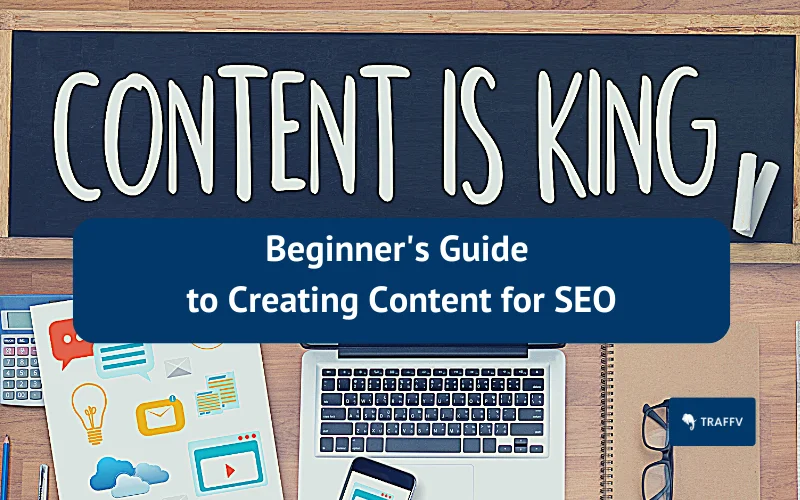
In today’s digital landscape , text is king , but without a solid structure and effective search engine optimization , even the most brilliant text can get lost in the vast sea of the internet. Understanding how to maximize your text for search engines while maintaining a user-friendly structure is crucial for attracting organic traffic , engaging your audience , and achieving your business objectives. This thorough guide will delve into the essential elements of text structure and search engine optimization , providing you with actionable strategies to improve your website’s visibility and performance. Let’s explore how to create text that not only ranks well but also resonates with your target audience. search term Optimization Structure & Formatting are the keys to achievement.
Understanding Your Audience and Their Intent. Before diving into search term optimization , it’s crucial to understand your audience. Who are they ? What are they searching for ? What problems are they trying to solve ? Understanding their intent will guide your search term study and text creation process. Use tools like Google Analytics and audience surveys to gather insights into your audience’s demographics , interests , and search behavior. This knowledge will help you tailor your text to meet their needs and expectations , making it more pertinent and engaging.
search term study: Finding the Right Terms. search term study is the foundation of any achievementful search engine optimization plan. It involves determineing the terms and phrases that your target audience uses when searching for information related to your business or industry. Use tools like Google search term Planner , SEMrush , and Ahrefs to discover pertinent search terms with high search volume and low competition. Focus on long-tail search terms , which are longer and more specific phrases that can attract a more targeted audience. Incorporate these search terms naturally into your text , including your title , headings , and body text.
Optimizing Your text for Search Engines. Once you have your search terms , it’s time to maximize your text for search engines. This involves using your search terms strategically throughout your text to signal to search engines what your page is about. Start by optimizing your title tag and meta description , which are the first things users see in search outcomes. Make sure your title tag is concise , descriptive , and includes your primary search term. Your meta description should offer a brief summary of your text and entice users to click through to your page. In addition to your title tag and meta description , maximize your headings , subheadings , and body text with your target search terms. Use header tags (H1 , H2 , H3 , etc.) to structure your text and make it easier to read. Break up long paragraphs into shorter , more digestible chunks , and use bullet points and lists to highlight key information.
Structure and Formatting for Readability and Engagement. In addition to search term optimization , the structure and formatting of your text play a crucial function in its achievement. Well-structured text is easier to read , understand , and engage with , which can lead to longer dwell times and lower bounce rates. Use clear and concise language , and avoid jargon or technical terms that your audience may not understand. Break up your text into logical sections with descriptive headings and subheadings. Use visuals , such as images , videos , and infographics , to break up the text and make your text more visually appealing. Ensure that your text is mobile-friendly , as a significant portion of internet users now access the web on their mobile devices. Use a responsive design that adapts to varied screen sizes and resolutions.
Measuring and Analyzing Your outcomes. Once you’ve implemented your text structure and search engine optimization strategies , it’s crucial to measure and analyze your outcomes. Use tools like Google Analytics and Google Search Console to track your website’s traffic , search term rankings , and user engagement metrics. Monitor your organic traffic , bounce rate , time on page , and conversion rates to see how your text is performing. determine areas where you can improve , and make adjustments to your plan accordingly. Regularly update your text with fresh information and new search terms to keep it pertinent and engaging. By continuously monitoring and analyzing your outcomes , you can refine your text structure and search engine optimization strategies to achieve your desired outcomes.
In conclusion , mastering text structure and search engine optimization is an ongoing journey. By understanding your audience , optimizing search terms , and formatting your text effectively , you can significantly improve your search engine rankings and offer a better user experience. Keep experimenting , analyzing your outcomes , and adapting your strategies to stay ahead in the ever-evolving world of search engine optimization .
